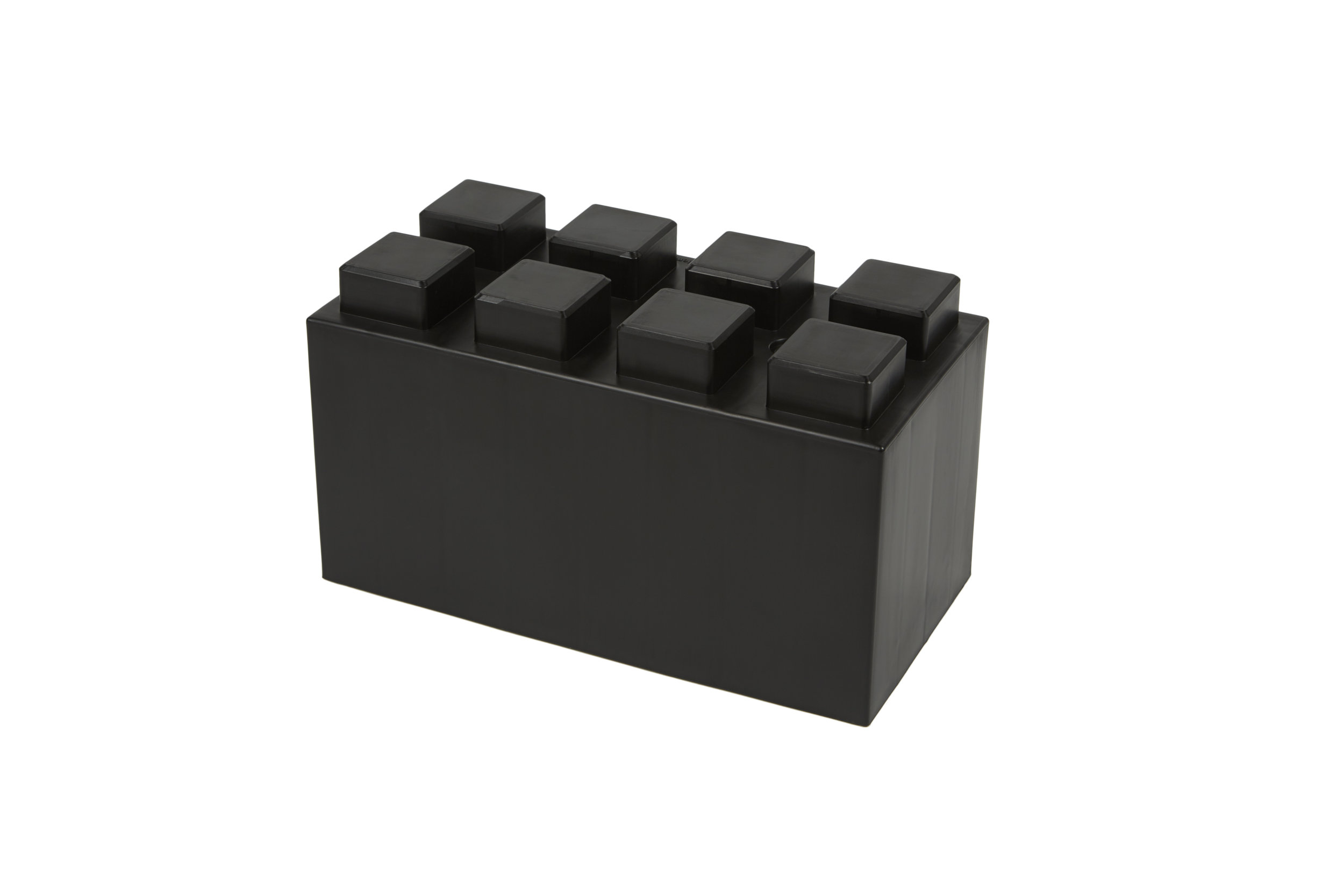

In D.C., over one thousand demonstrators-a small number consisting of a black bloc-called for the end to U.S. The first prominent use of the tactic in United States of America occurred at the Pentagon, in Washington, D.C., on 17 October 1988, although anarchists had been using similar tactics in small numbers in preceding years in places like San Francisco, culminating with several hundred anarchists in black smashing glass store fronts and attacking vehicles in the Berkeley Anarchist Riot of 1989. Unified Germany īlack bloc members spray graffiti on a wall during the Iraq War Protest in Washington, D.C., on 21 March 2009. Nevertheless, there were riots and upmarket shopping areas were destroyed. Officials tried to maintain control by banning all demonstrations and attacking public assemblies. Numbering around 80,000, the protesters greatly outnumbered the police. When the World Bank and the International Monetary Fund met in Berlin in 1988, autonomous groups hosted an international gathering of anti-capitalist activists. Since the late 1980s, Berlin's Kreuzberg district has hosted May Day clashes between anarchists and police. After this the city authorities legalised the squatters residence. In November 1987, Hafenstraße residents and thousands of other protesters and fortified their squat, built barricades in the streets and defended themselves against the police for nearly 24 hours.

This included a black bloc of 3,000 people. When Ronald Reagan came to Berlin in June 1987, he was met by around 50,000 demonstrators protesting against his Cold War policies. The riots at the May Day in Kreuzberg became famous after the police had to completely pull out of the "SO 36" neighborhood in Kreuzberg for several hours, and rioters looted shops together with residents. After this, thousands of people attacked the police with rocks, bottles and Molotov cocktails. On, demonstrators in Berlin-Kreuzberg were confronted by West Berlin police. This tactic was developed in response to increased use of police force following the 1977 Brokdorf demonstration. West German origins ĭemonstration in Hamburg/Germany with Black Bloc in the front rows In this regard, Black Mask anticipated and may have indirectly influenced the black bloc tactic. This was the first instance of a social movement in the western world utilizing masks and black dress, which were used not for purposes of disguise but to signify a militant identity. In February 1967, the anarchist group Black Mask marched on Wall Street in New York City wearing black clothes and balaclavas. Black blocs gained broader media attention outside Europe during the 1999 Seattle WTO protests, when a black bloc damaged property of Gap, Starbucks, Old Navy, and other multinational retail locations in downtown Seattle. The tactic was developed in the 1980s in the European autonomist movement's protests against squatter evictions, nuclear power, and restrictions on abortion, as well as other influences. Black bloc participants are often associated with anarchism, anarcho-communism, communism, libertarian socialism and the anti-globalization movement. The tactic also allows the group to appear as one large unified mass. It is also used to protect their faces and eyes from pepper spray, which is used by police during protests or civil unrest.

The clothing is used to conceal wearers' identities and hinder criminal prosecution by making it difficult to distinguish between participants. A black bloc is a tactic used by protesters who wear black clothing, ski masks, scarves, sunglasses, motorcycle helmets with padding or other face-concealing and face-protecting items.


 0 kommentar(er)
0 kommentar(er)
